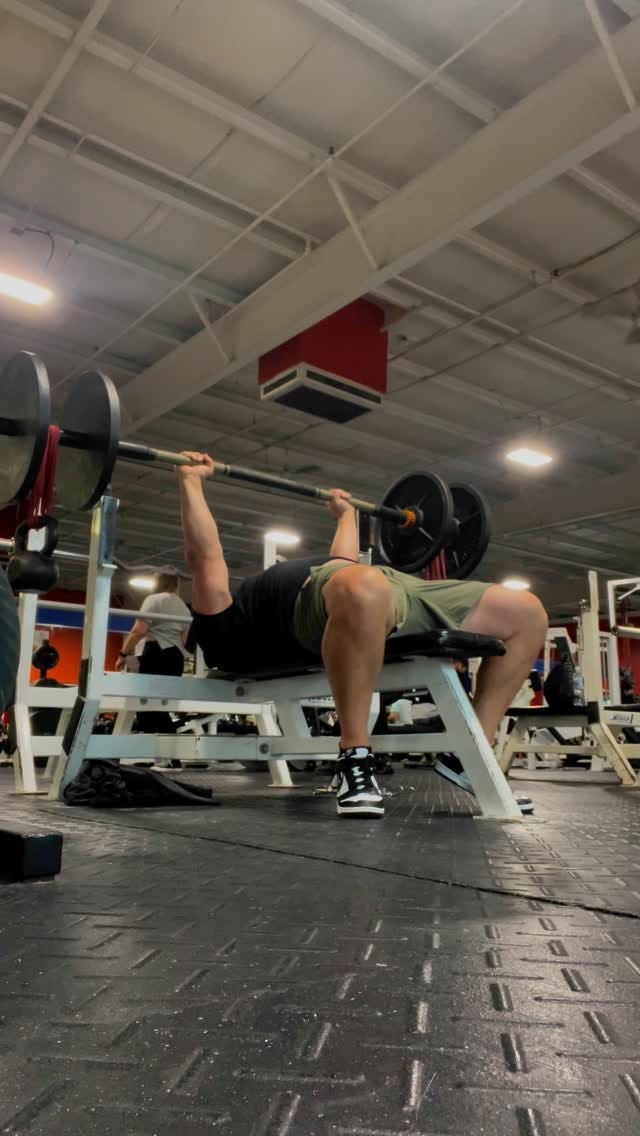Special Exercise: Bench Press for Reactive Strength
Transforming the bench press into a special exercise that stimulates he development of tissue specific reactive strength.
The Role of Special Exercises in Athletic Performance Training
To understand the rationale behind this training video, it's essential to understand the concept of special exercises. At Absolute, our philosophy is heavily influenced by innovators like Louie Simmons, who demonstrated the incredible potential of special exercises. For instance, Louie famously trained the first man Matt Dimel to squat over 1,000 lbs using a box squat—a variation of the squat rather than the traditional barbell squat itself. This specific transfer of training highlighted the potency of special exercises and captured our attention at Absolute.
Bench Press: Standard or Special?
Building on that logic, we’ve started to question whether athletes should rely on the traditional bench press or employ a special exercise variation.
Staying true to our conjugate training philosophy, we currently use both the traditional bench press and the special exercise below. The traditional bench press is the primary means to stimulate the development of the neurological network of absolute strength and the special exercise is a primary means to stimulate the development of tissue specific reactive strength.
Developing Reactive Strength in the NFL
In our work with NFL athletes, we’ve observed a troubling trend: reactive strength injuries in the pectorals, a common limiting constraint for players—and organizations, just ask the Green Bay Packers. To address this reactive strength problem, we developed a special exercise training solution that stimulates multiple biological elements of reactive strength.
This special exercise adheres to our philosophy of probing the boundaries of training. Instead of using a standard steel barbell, we utilize a Bandbell. This barbell alters the resonance of resistance, creating a training stimulus that better stimulates connective tissue architecture. For now, let’s say that the Banbell generally resonates with more connective tissue architecture.
Programming Details: Using the FRS Internal Strength Model
Keep reading with a 7-day free trial
Subscribe to Absolute: The Art and Science of Human Performance to keep reading this post and get 7 days of free access to the full post archives.







